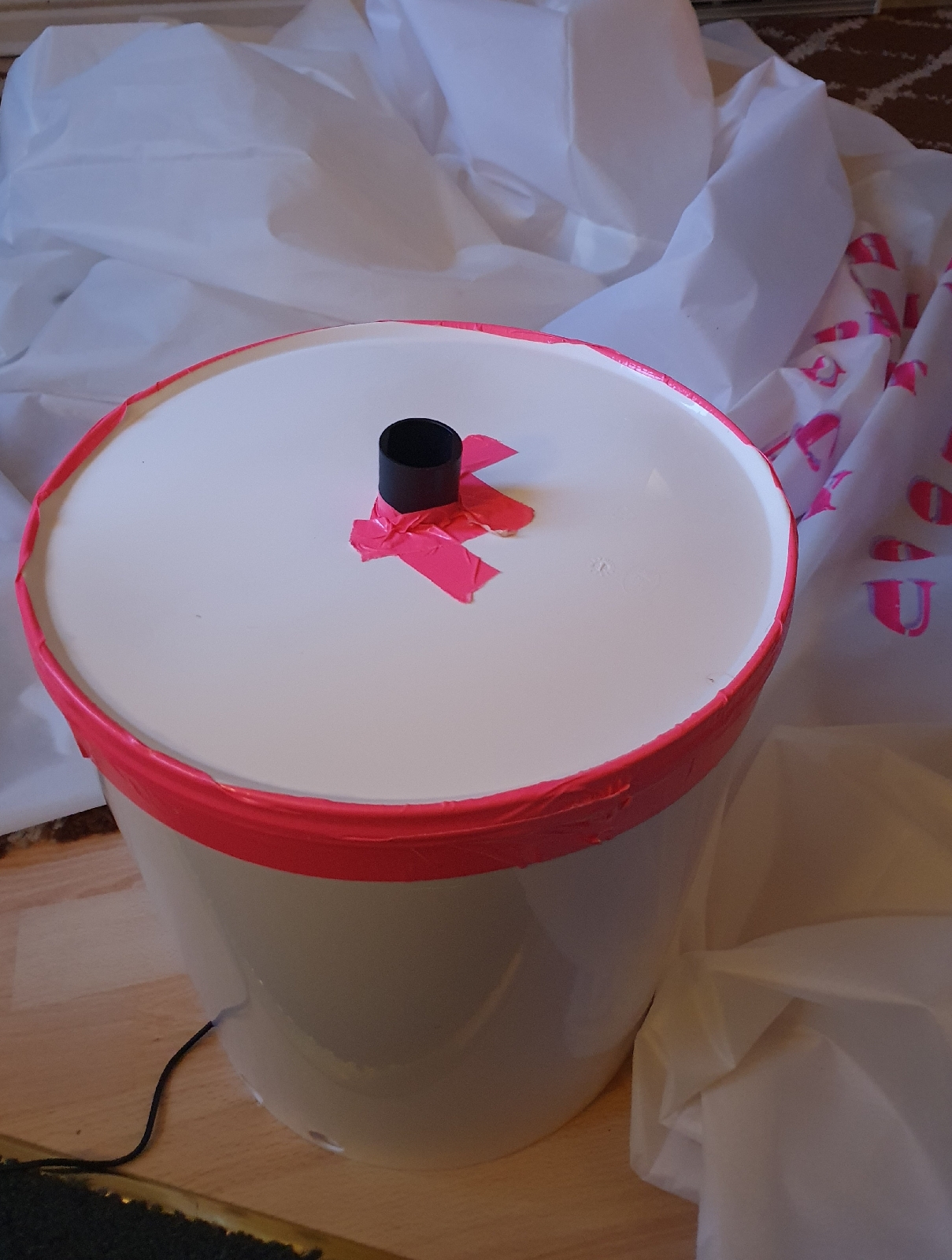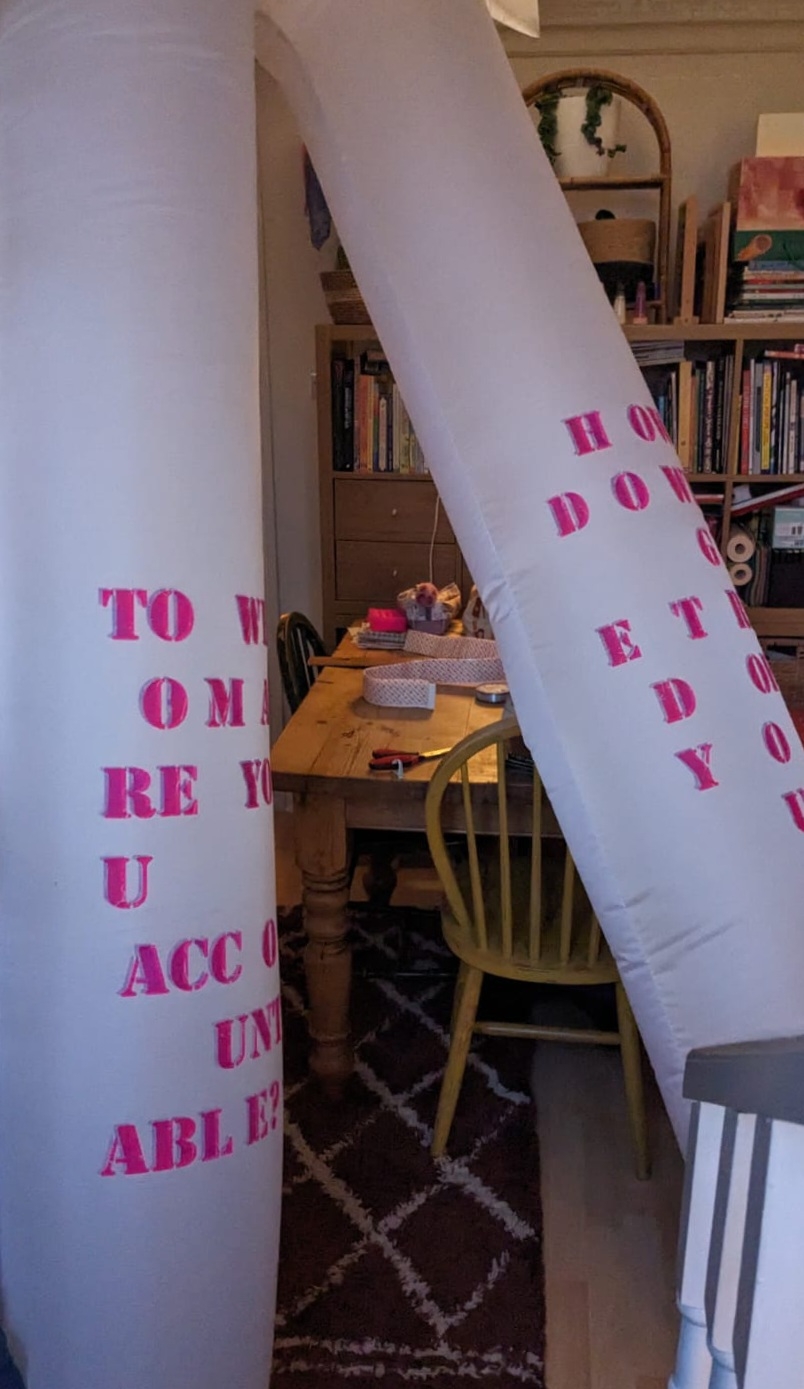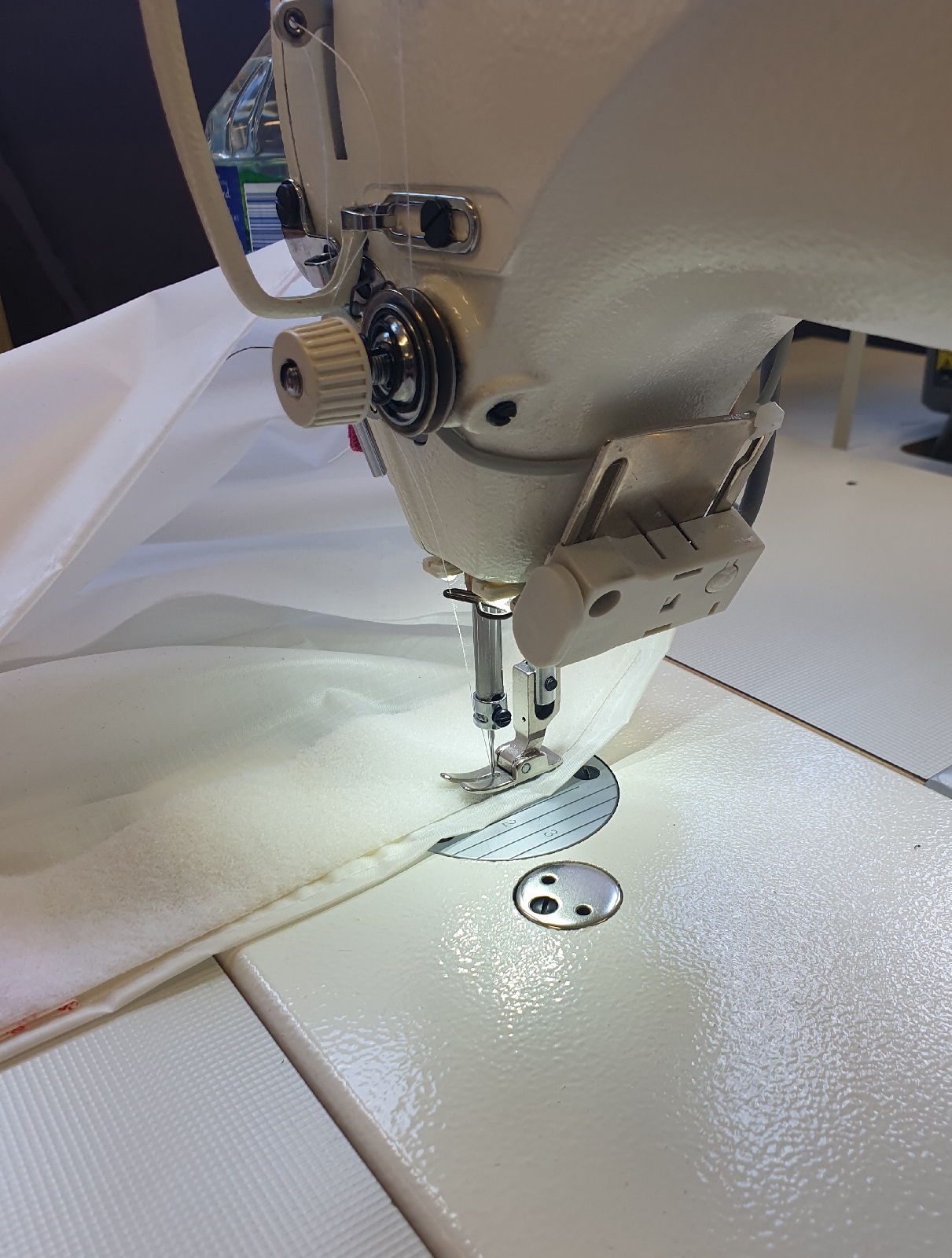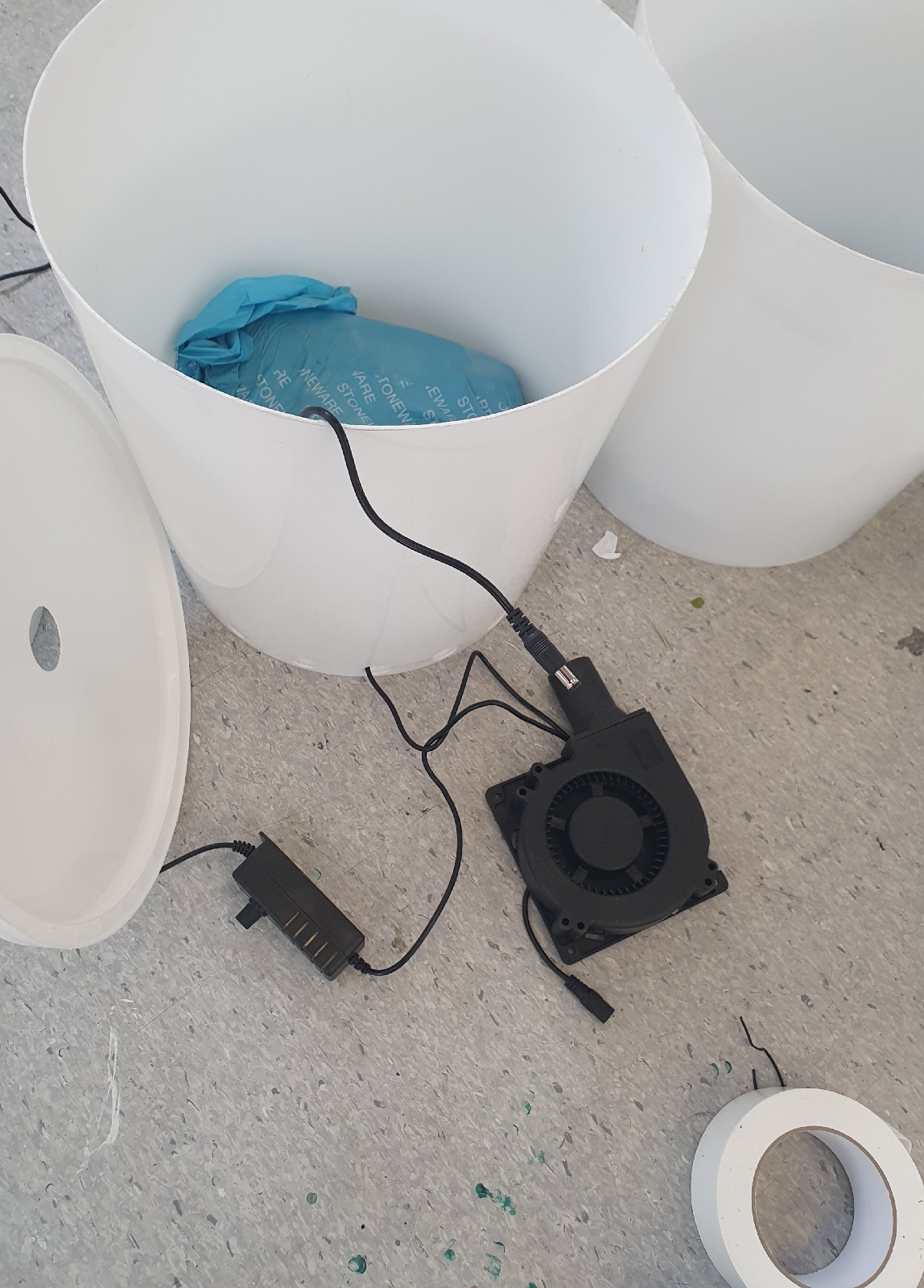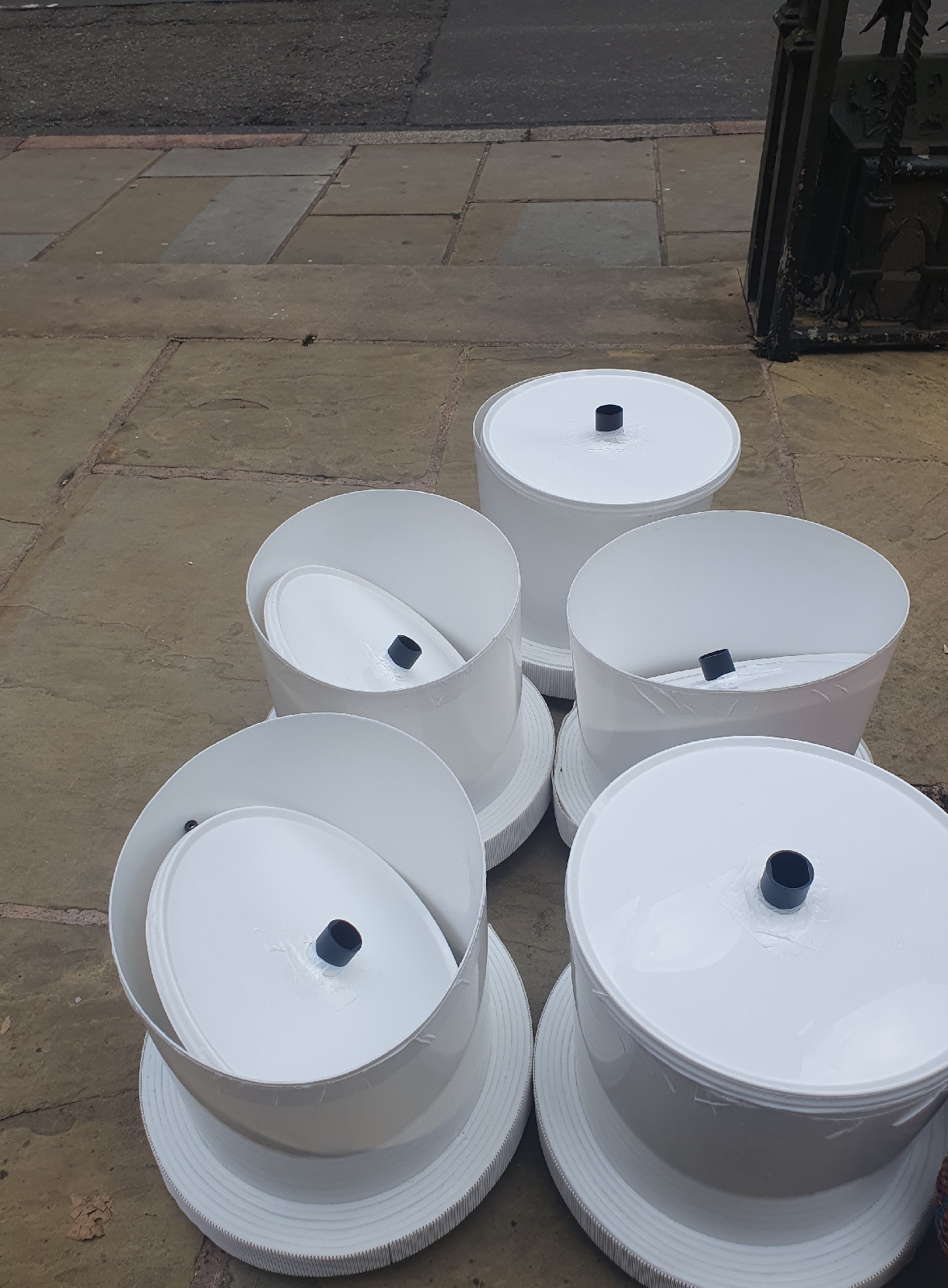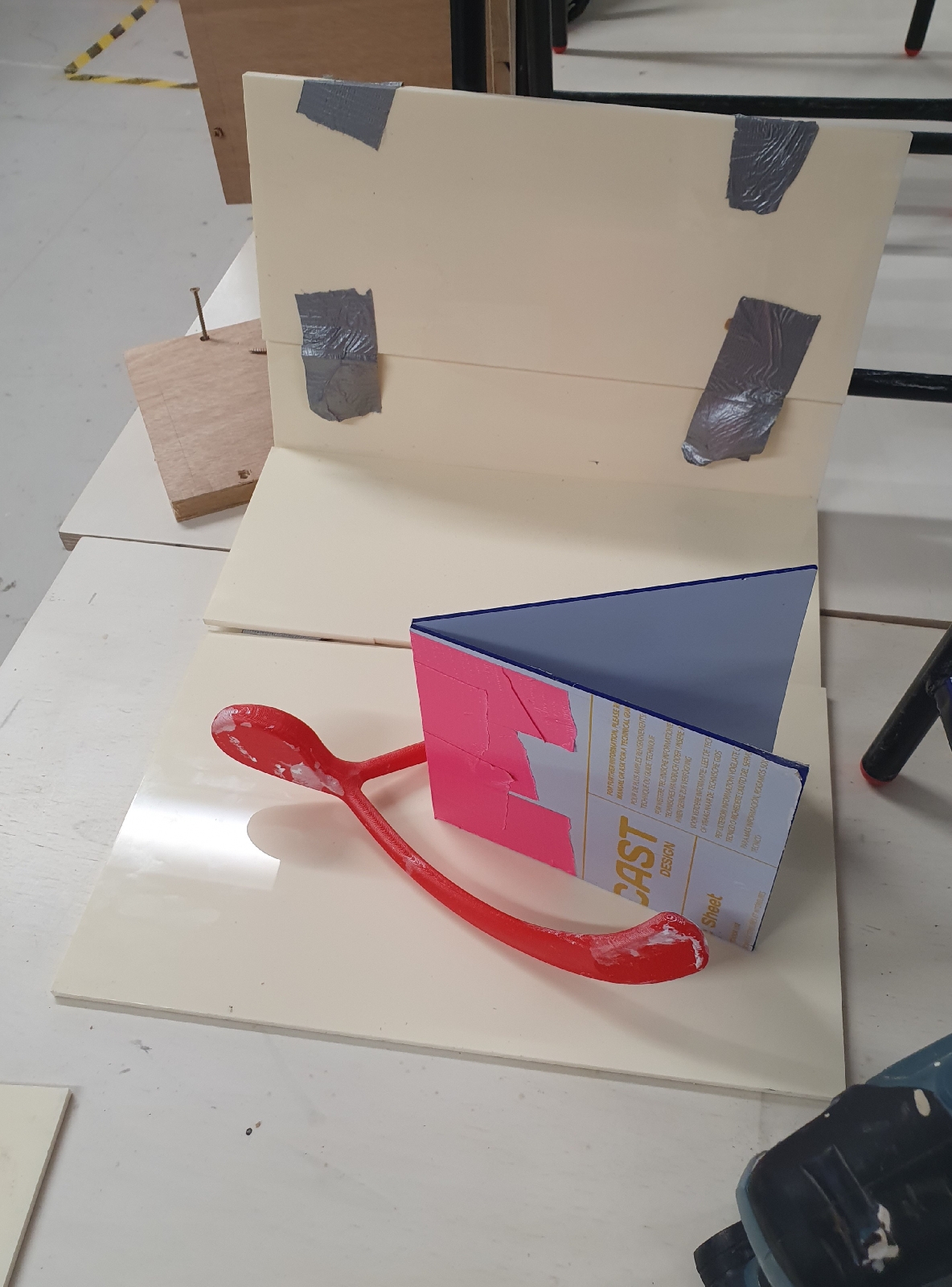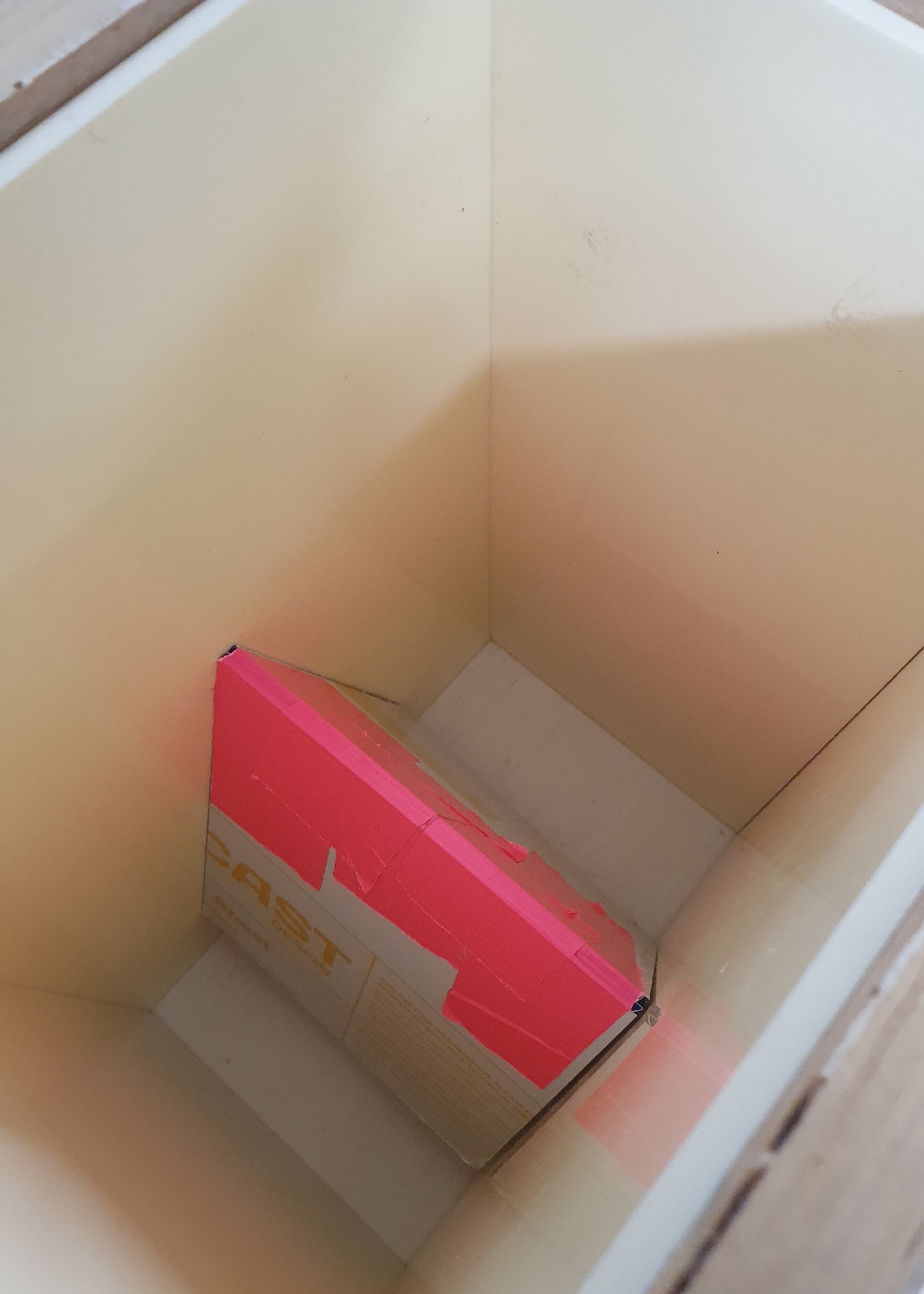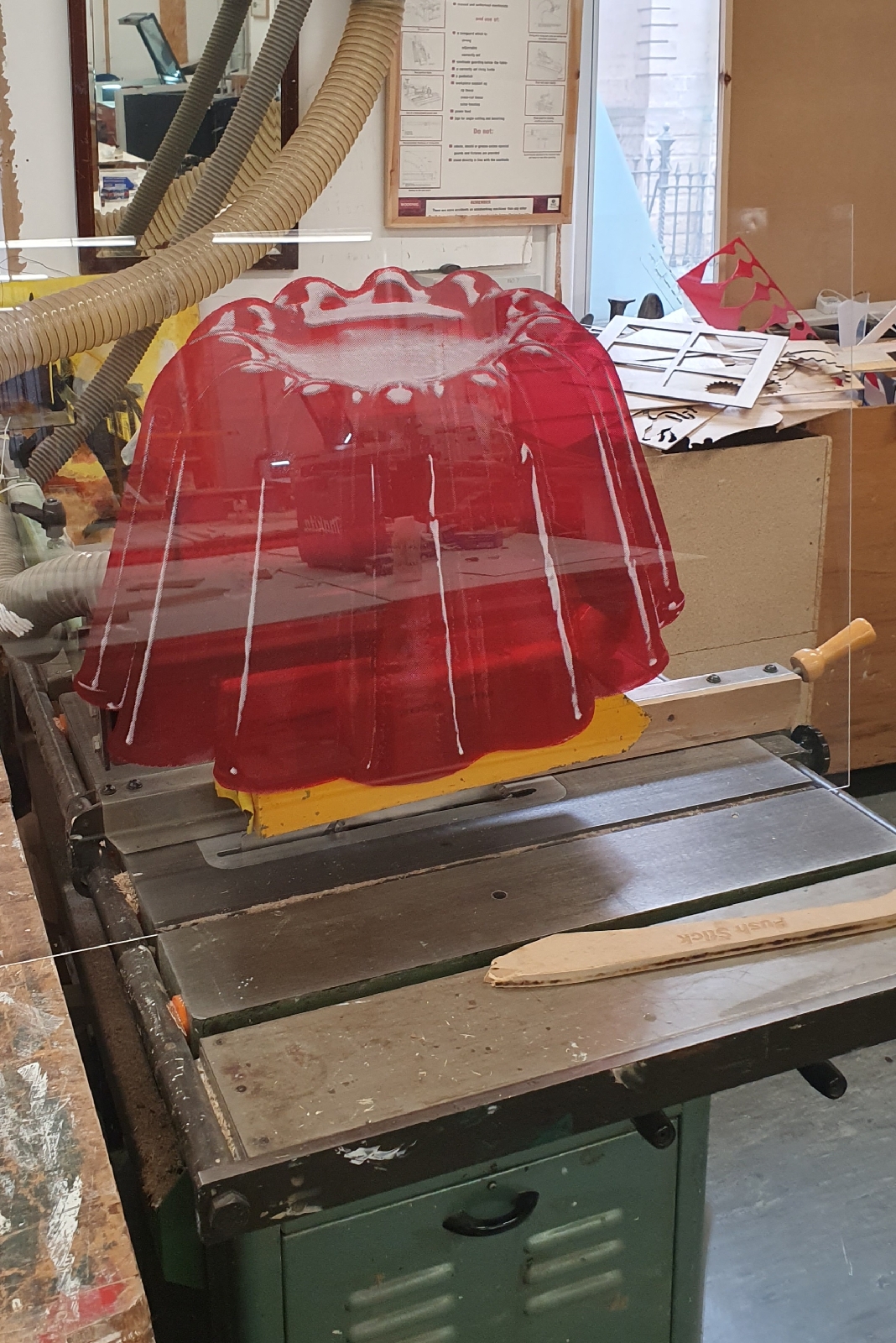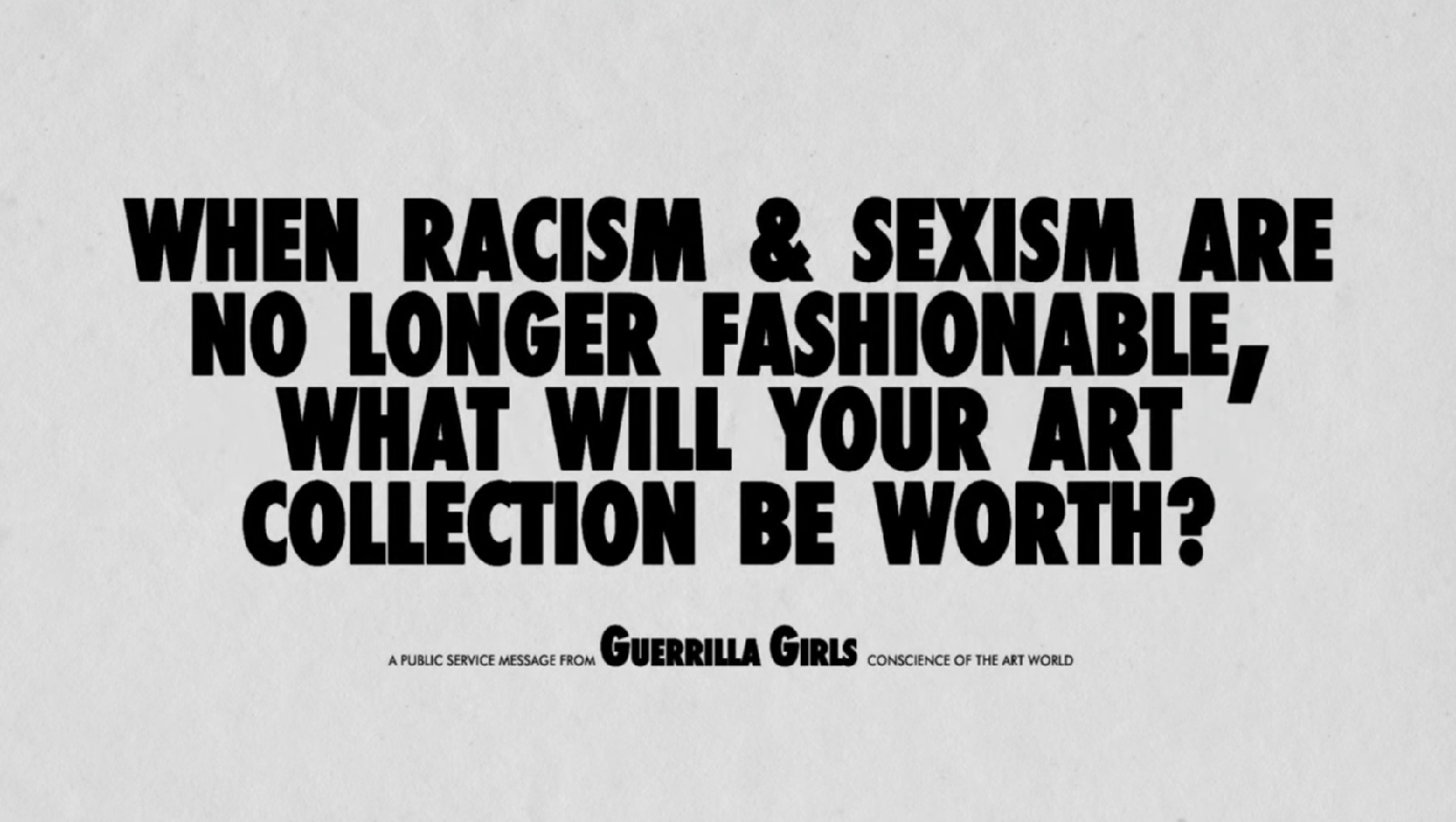Blog
-
Inflatable bases and overall system design and testing
For the bases I decided to mod some fermentation buckets. I cut the handles and outer rims off the bucket tops, as well as the outer rim of their lids. This streamlined their form so that the fabric fits neatly around each bucket while also retaining enough structural integrity to be sturdy as a base.I cut 5 holes in the bucket bases. This is to allow appropriate ventilation and to feed/ cool the fan in each.I cut a hole in the centre of each lid to the same diameter as the fan blower nozzles.I will close the system, making it airtight, by using gaffer tape to secure the fan nozzle and the bucket lid in place, with white tape so it’s invisible. I just used the neon pink tape because it’s what I had to hand. Plus it’s fucking fantastic.I tested the system using 2 buckets and it worked perfectly. I’m not even sure that I’ll need all 5 fans.After leveling off the column lengths, I hemmed them, attaching one side of this industrial velcro strip to each column bottom.The other side of the velcro I attached to the bucket bases, just above the ventilation holes, creating an airtight yet removable seal between the bases and the textile inflatable.I applied foam sticky back strip underneath the velcro on the buckets, to create a silo of air the while length of its form, giving the inflatable more structural integrity.I placed a bag of clay inside each bucket to weigh it down and then inserted a fan unit, sealing up the system as I went.It is self supporting, silent and looks really strong. I’m really happy with it overall and feel very proud that I’ve managed to pull such an ambitious sculpture off.The piece is tactile and interactive too; with column arches big enough to walk through even as an adult.The only issue is that the cabling is a so messy.So I have decided to mod the fan units by attaching them to a 12V motorbike battery, so that all rhe electrical can be contained inside each column bucket. It looks neater and it’s less of a trip hazard.Homeward bound again to fit the batteries over the weekend before the show. -

Shea Embrey – How I became 100 artists
Shea Embrey is a lover of contemporary art but often finds himself really frustrated by the contemporary art world. He seeks work that is appealing and accessible to a broad public, and that also demonstrates exquisite craftsmanship and technique.
He spoke of different litmus tests that he has for art. One is based on whether or not he could communicate it to his Grandmother within 5 minutes. If he cannot, it is too obtuse, too esoteric and hasn’t been resolved enough to speak fluently. The second involves 3 H’s. Head, heart and hand. Head is fully realized concept. Heart is the passion and soul of a piece. And hand is how expertly it has been crafted.
And so he
https://www.ted.com/talks/shea_hembrey_how_i_became_100_artists
-

Rob Forbes – Ways of Seeing
Rob Forbes was originally a ceramics designer who leant towards utilitarian forms, enjoying simple shapes that are functional also.
After setting up a business selling works created by multiple designers, he started to become aware that it was increasingly hard to discover design work that reflected individual cultures, due to globalization.
A trip to Amsterdam was revelatory because it is such a protected design space full of pedestrian areas, bicycle routes, history and character. Further travel in Italy led him to a theory about how these public highways with pedestrian traffic were in some way protected, because they serve a social purpose.
He draws huge influence from his street walking habit. He documents his walks through urban areas across the globe heavily, taking about 4000 photographs per year.
He is clearly an active viewer. He shared multiple photos of accidental design that he had captured, be it industrial scaffolding that created a pleasing symmetry, or the flooring seen above from a space in Brazil. This encouragement to see feels like such an important lesson. If my language is visual, then my eyes must be open and receptive to the visual coding all around me.
His talk left me reflecting on my own cultural identity and how I incorporate that in my work. I feel drawn to include certain colours as a part of my work, and for different reasons. I apparently cannot shake Baker-Miller pink because it’s coding fits so well with the concepts and the paradoxes that I am currently exploring. Red has similarly been frequent in my work, but that is more pragmatic, a choice born out of having invested in a large amount of red florists acetate that I enjoyed exploring the properties of. The investment wasn’t an intentional choice. I could only buy it on a huge roll and wanted it as a surface for my bull screen prints. But its been valuable to continue to push the limits of that material, seeing how I can include it in my work ongoingly.
I find the idea of going on walks, documenting my experience and then generating work in response to those images interesting. I am so often heavily concept led, and this approach invites chaos and visual purity. I might try it over the summer.
-

Thomas Campbell – Weaving narratives in museum galleries
https://www.ted.com/talks/thomas_p_campbell_weaving_narratives_in_museum_galleries
I found this talk fascinating. Thomas
Campbell, director of the Metropolitan Museum of Art in New York, spoke
eruditely and hilariously throughout.He reflected on the dangers of the jargon often used by
classically trained art historians in curatorship. This kind of lens ignores
the reality that all art was once contemporary. And that to deny this, removes
the power and value of the work.He encourages us the viewer to ask basic questions of art
and historical objects as a challenge to this more formal and academic
approach: what is it, what is it made of, how was it used and who by?He expanded on this by talking about his studies on
tapestries. He explained that the reason they were so popular is because of
their ergonomics. They are portable, they are large, and they were hugely
expensive to make. And so at a time where visual imagery was rare, tapestries
thrived because they were transportable forms of propaganda that also served as
a clear status symbol.He then went on to explain his role in the Alexander McQueen
exhibition, following the designer’s death. One of his curators went to London
for a summer to collaborate with those close to the iconic fashion designer on
how best to share his collection. This resulted in a total structural rework of
the Met galleries, so that they could recreate McQueen’s first studio. They
generated a totally immersive experience that made his pieces feel like living
sculpture.; fusing fashion with installation, sound and light He lays the
success of the show at the feet of its curator, whose time connecting with the
McQueen designers had allowed them to create a transcendental experience that
truly honoured the rawness, and the brilliance of the work displayed.His enthusiasm and expertise is captivating. Hearing him
talk so passionately about his work, and his commitment to empowering the team
of curators he works with, illustrates succinctly why he holds the position
that he does. He derives genuine pleasure from sharing art with audience and
takes his role as a curator to an almost religious level. I really resonated
with his take on how important it is to unpack the objects on display so that
they are accessible to a general audience, free from distraction.He spoke passionately about breaking down the elitism and
the other barriers that exist for some in relation to gallery space. He strives
to create spaces that prompt curiosity and invite audience to be vulnerable and
therefore touched by the art on show.His talk left me feeling thoroughly emotional. His ending
statements about how galleries are portals for humanity, full of people long
dead but who also held dreams, hopes and frustration just like our own, was
incredibly moving. Because, as he said the process of connecting with them
makes us immortal and helps us better connect with our own lives, rich and
embedded in our own specific version of reality as they are.What a privilege to have your work in the care of such a
visionary and considerate curator team. It makes me reflect on my own desires
to exhibit as an established artist. I would feel lucky to collaborate with a
human half as generous in manner and skill as Campbell. -
Revised jelly screens and mounting in perspex ready for performance
My revised and scaled up screens came out deliciously. The digital edits, mainly softening the white screen with a subtle bitmap, make the jelly look almost hyper real and switching the shadow screen from black ink to a deep burgundy do the same.I sandwiched the print between the two perspex sheets I’ve sourced.And then box it all off, attaching posts either side so it’s manageable to hold it up for a long period of time for my performance. -
Local links
I’ve known Sylvie and Dilk for ages. We met because I was buying paint for community cohesion and alt ed workshops from their MTN Nottingham shop.Dropping in today made me realise how this is one of many positive creative connections I have in Nottingham.And I’m proud of that and the reputation I’ve built over the years. -

Guerilla Girls: Art really is about discourse
The Guerrilla Girls is a New York based anonymous group of feminist, female artists devoted to fighting sexism and racism within the art world. This is their statement:
“We are a group of women artists and art professionals who fight discrimination. We’re the conscience of the art world, counterparts to the mostly male traditions of anonymous do-gooders like Robin Hood, Batman, and the Lone Ranger. We have produced over 80 posters, printed projects, and actions that expose sexism and racism in the art world and culture at large… We use humour to prove that feminists can be funny… We could be anyone; we are everywhere.”They reclaimed King Kong, the proto Hollywood monster, using his mask and the pseudonyms of dead female artists: Frida Kahlo, Käthe Kollwitz, and Gertrude Stein.They were gradually embraced by the artworld with their work in galleries such as MoMa and Tate Modern. This is how they reconcile their popularity with their work:What do you do when the art world you’ve spent your whole life attacking suddenly embraces you? Well… you take your critique right inside the joint. We dissed MoMA at its own symposium on feminism. We criticized the Tate Modern and the Istanbul Modern…. The response? After we made fun of the National Gallery of Art, they vowed to change their ways. Ditto the Tate Modern and MoMA.Guerilla Girls, Interview magazine -

Led By Donkeys: Exposing thermonuclear hypocrisy
I have supported and followed Led By Donkeys work since
their inception, The group is comprised of four men, all of whom have activist
pasts and met through their work at Greenpeace: Ben Stewart, James Sadri,
William Rose and Oliver Knowles. Ben, Greenpeace’s deputy programme director, said
“We come from a political culture that is comfortable with civil disobedience
and thinks that civil disobedience has got us a lot of the freedoms we’ve got,
and, speaking personally, isn’t that bothered by getting a conviction.”They came up with a name for their group, a riff on “lions
led by the donkeys”, the phrase used in the first world war to describe the
tragedy of the British foot soldiers led to slaughter by incompetent or stupid
generals.I feel a deep harmony with their political stance and am in
admiration of their efforts to expose our leader’s corruption, incompetence and
the harm it causes.Their efforts begun digitally, as they captured and
re-quoted the gross incompetence’s, contradictions and indifferences of UK
politicians, particularly around Brexit, across various social media platforms,
The public reaction to this activity motivated them to go bigger with their
political messaging and they started to plant their artwork in public spaces
illegally, intentionally, anonymously. They were approached by Crowdfunder and
within a day of launching their campaign they had raised more than 50K.
Listening to and reading interviews about their process and these activist
stunts is heartening, because it speaks of the voice of the people, being
honoured.What’s fascinating to me is that they are not artists,
either by discipline or claim. Yet their work is undeniably visual activism.
It’s an intersection of activism and art. And it’s loud to me that “not
artists” are holding that space. They watched media not hold politicians
to account, and they responded boldly, visually. Led By Donkeys are clear that
they don’t believe they can single-handedly bring down the government. They
started the project for catharsis, stating that they could either laugh or cry
– and they would rather laugh. It was something they could do. Something that
would help them feel less hopeless and frustrated. I am paying attention to
this.Their trajectory is a shining example of how social media
tech can enable activists to create and have impact through art stunt.



